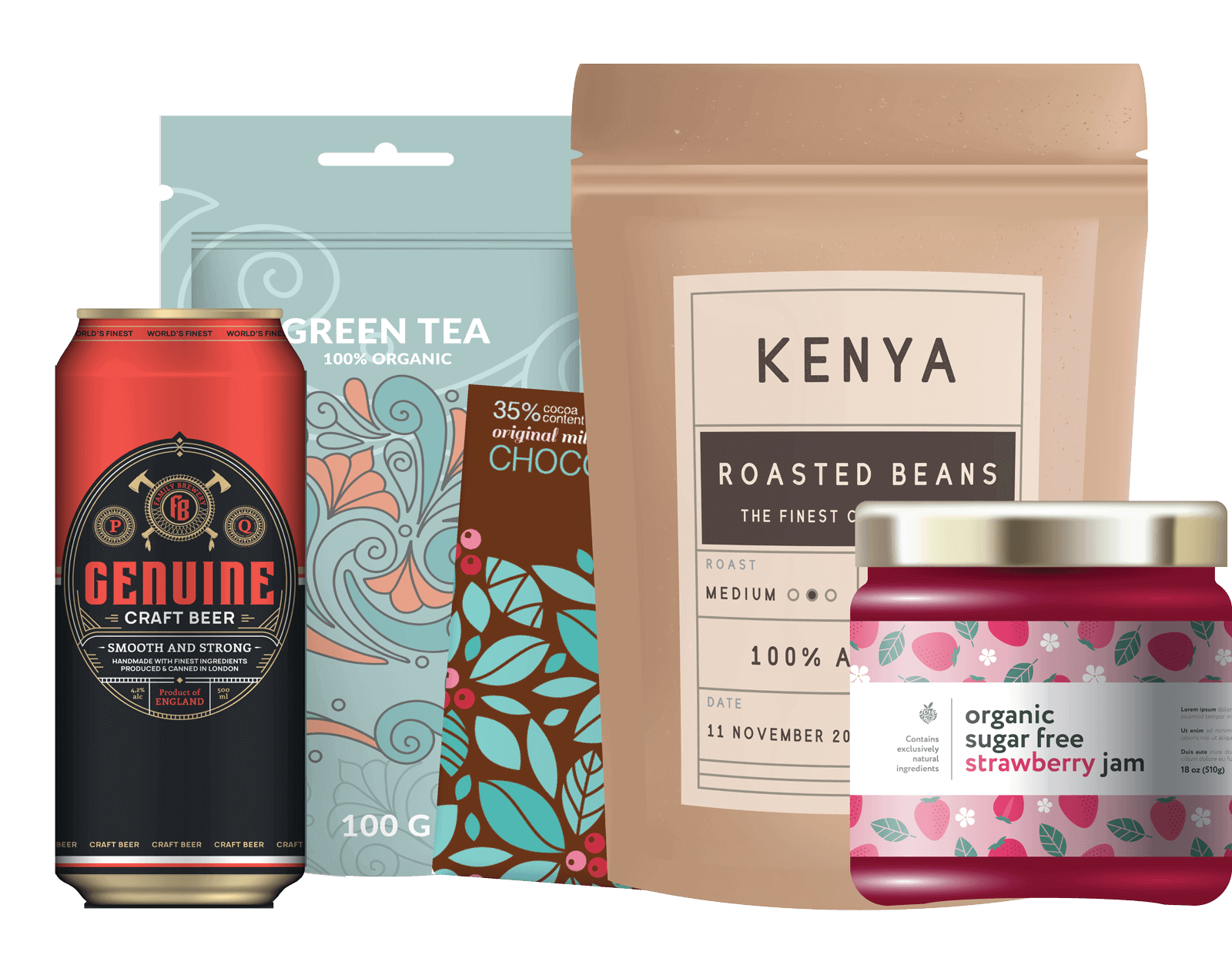Modern developments in flexible packaging are bringing pouches, foils, and films to the market on an unprecedented scale. It has been shaking up the packaging industry — including the pharmaceutical industry — as new product designs work to minimize waste, reduce the costs that attract your customers’ attention, and maintain the freshness and condition of your products on the store shelves.
Pouch shapes can be customized to meet a wide range of barrier requirements for your pharmaceutical products. New applications are rapidly emerging: flexible packaging for liquid, powered, viscous, particulate, and granulated products.
International Packaging Trends
The flexible packaging market will continue its strong rate of growth within the industry as well as in stores. The worldwide value of flexible packaging has gone from USD$58.3 billion in 2011 and is expected to reach $USD71.3 billion by 2016. The annual growth rate is forecast to be more than four percent.
From a global standpoint, it is reported that while the flexible packaging market has reached its maturity in the United States and Europe, countries such as China and India are seeing strong growth. In fact, Asia is expected to furnish better than one half of the world’s total consumer flexible packaging growth from 2011 to 2016 with China and India representing 44 percent of that figure. Needless to say, all global areas will experience high rates of growth right through 2023.
All of this growth is projected to continue due to flexible packaging’s — especially pouch packaging — use of less energy and materials as well as its reduced transportation costs, environmental impact, and carbon footprint.
Customer Trends in Flexible Packaging
In today’s packaging industry, there are several technologies that are expected to focus around smart flexible packaging. These feature:
- the ability to be recycled
- the ability to easily open
- be developed from bio-based polymers
- be sustainable
- be easily printable
This growth will be driven by a collection of factors within the packaging and consumer sectors that include the pharmaceutical industry. There will be additional increasing consumer and company demands for features such as:
- longer product shelf-lives
- package weight reduction
- convenience
- sustainability
- environmental impact
- carbon footprint
As a result, there is an open door that exists for packaging developers to solve these problems with new and innovative ideas.
It is reported that the creativeness and implementation of this packaging may be somewhat of a disruptive factor. Flexible packaging is still plagued by large development and manufacturing issues, consumer resistance to products packaged in sachets, and concerns about excess packaging. That said, these factors are thought to occur less frequently as more emphasis is placed on product safety, new regulations, consumer and brand owner demand, and anti-counterfeit measures. Add technologies that address these areas along with that of recyclability.
Recyclability
Recycability uses far less materials than its container counterparts as it generates far less waste than other materials such as plastics and glass. That said, it is not feasible to recycle flexible forms of packaging due to its thin structure, multi-layered make-up, and contamination by its contents. As a result, this can cause problems with the recyclability and sustainability initiatives that corporations are establishing or have already begun. Likewise, these issues also may interfere with the zero or reduced landfill policies of many governments.
What consumers say
In addition to your pharmaceutical company, consumers are also sharing the desire to see sustainable packaging. Customer demand for eco-friendly packaging is now driving your innovation initiatives and the result is more forward-thinking solutions.
Consumers are now choosing packaging that demonstrates excellent shelf life, but by the same token can break down into compost within 90 days. They are looking to packaging using film and paper technologies rather than those using plastics made from petrochemicals or other materials that can prove to be hazardous.
There are numerous other areas that consumers have focused on when it comes to flexible packaging. These include:
- Ease of use and convenient transportation of the packaging
- Smaller, easily disposable, and lighter packaging for easier consumption on the go
- No mess applicators and dispensers that result in less packaging
- Cost effectiveness of the drug or vitamin product
- The use of generic drugs
Today’s consumers are becoming more and more aware of global environmental issues. As a result, they are changing their purchasing habits accordingly. Not only that, but they are also actively looking for signs on your flexible packaging that you are showing that you are going green. With these as well as the other trends that your customers are demonstrating, how you approach your packaging will help in developing an identifiable brand.
Learn more about the right flexible packaging for your products
Choosing the right flexible packaging for your products can be difficult and vital to your branding. MJS Packaging offers the best customer service and lowest prices for your pharmaceutical product packaging. We have exclusive access to manufacturers from all around the world, so we can advise you on the best bottles, tubes, closures, caps, and other packaging needs you require.




